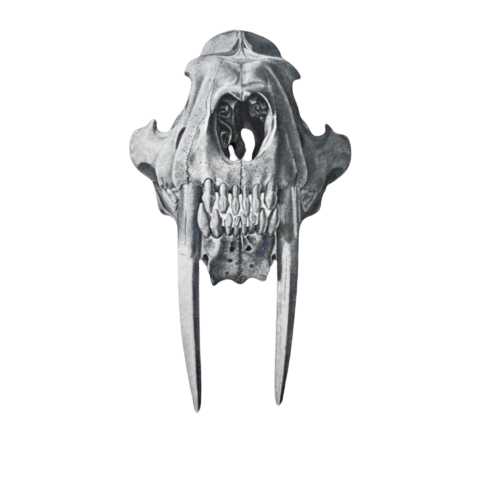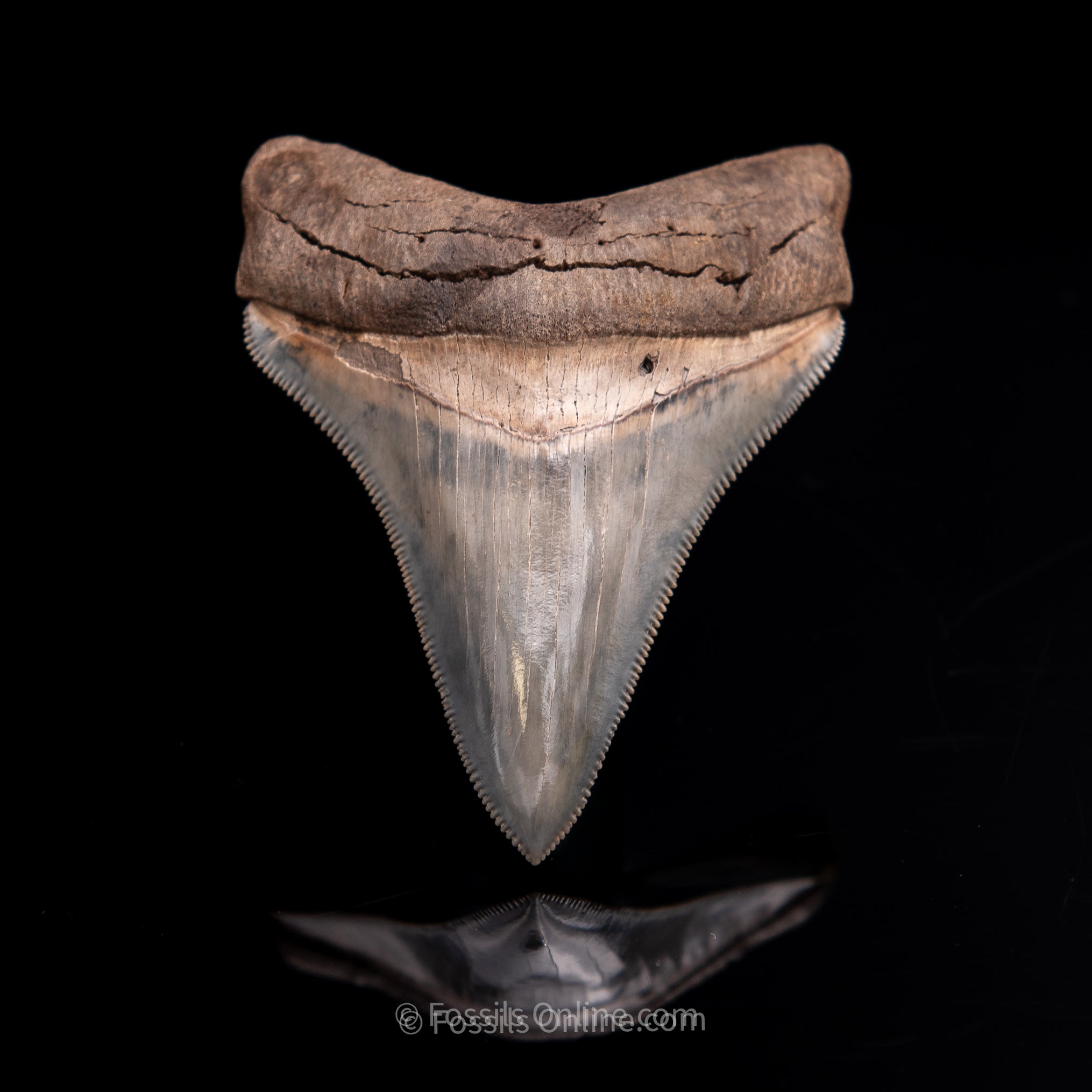
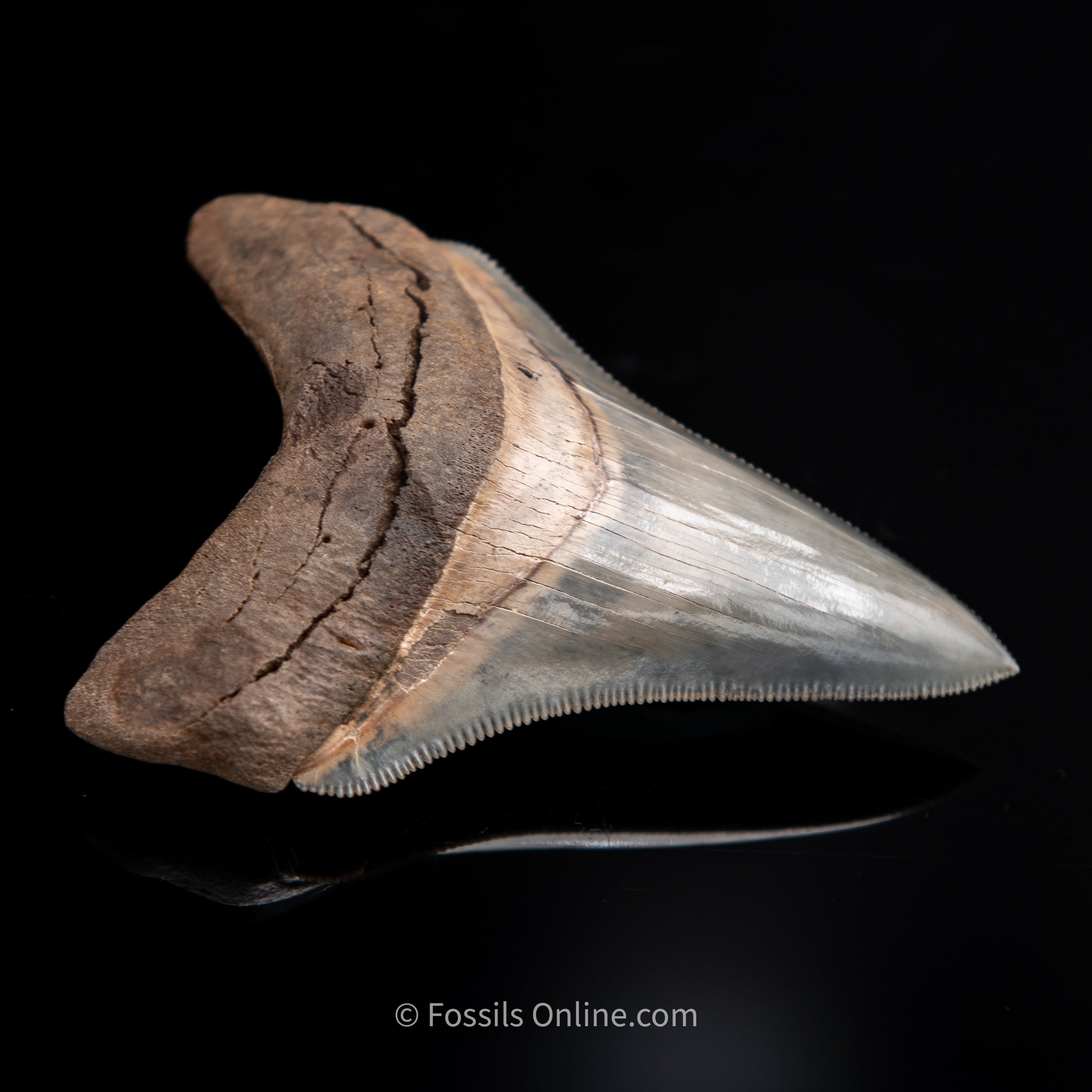
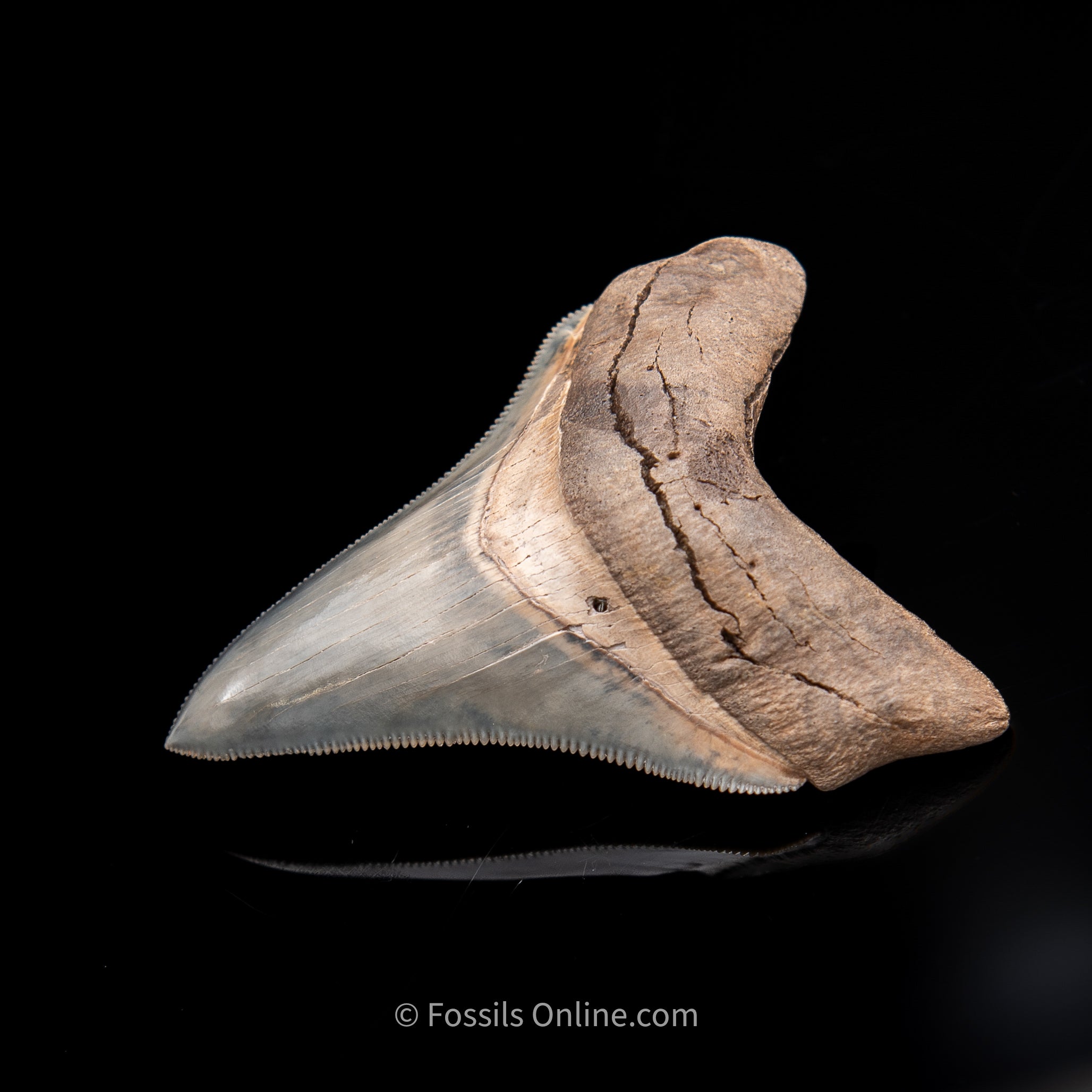
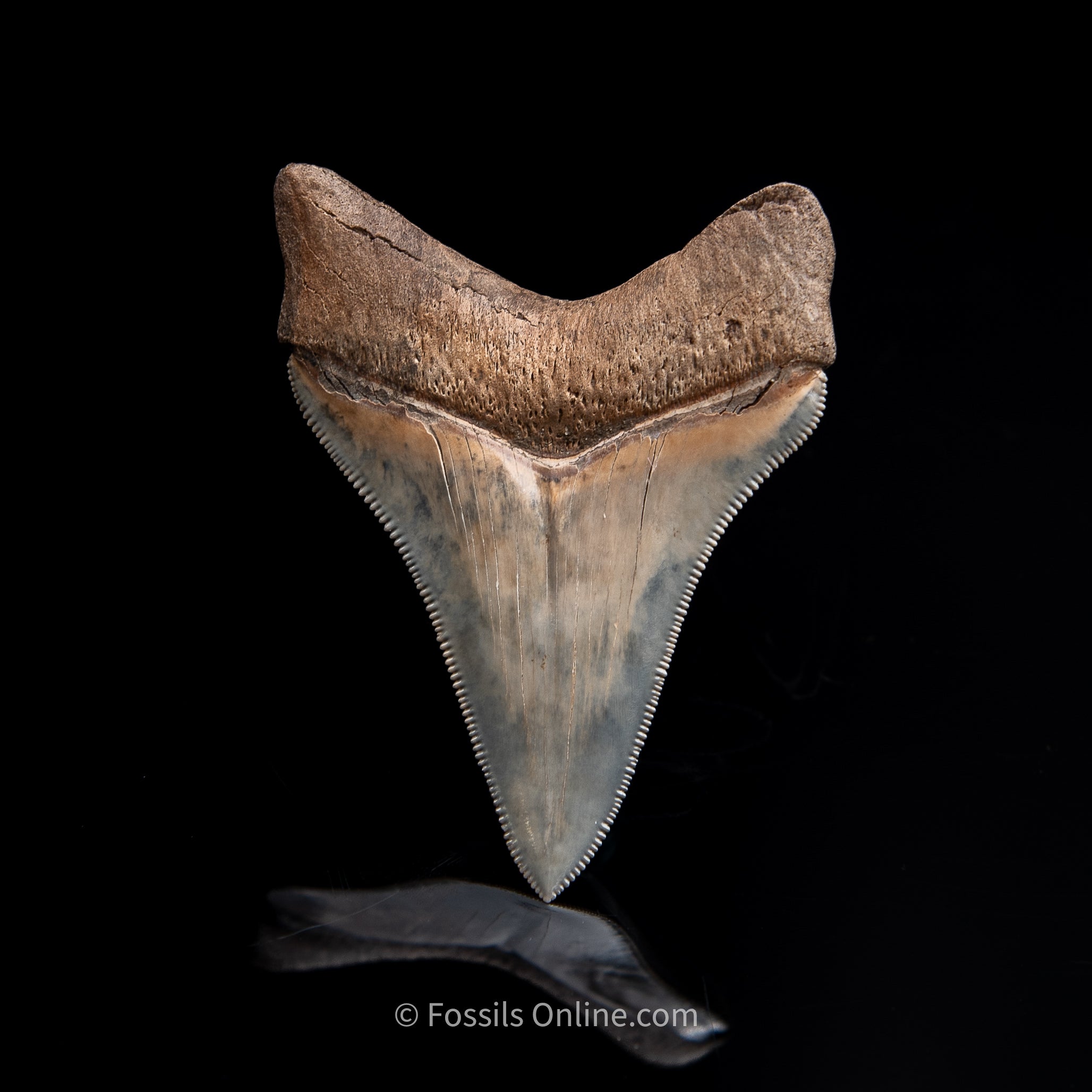
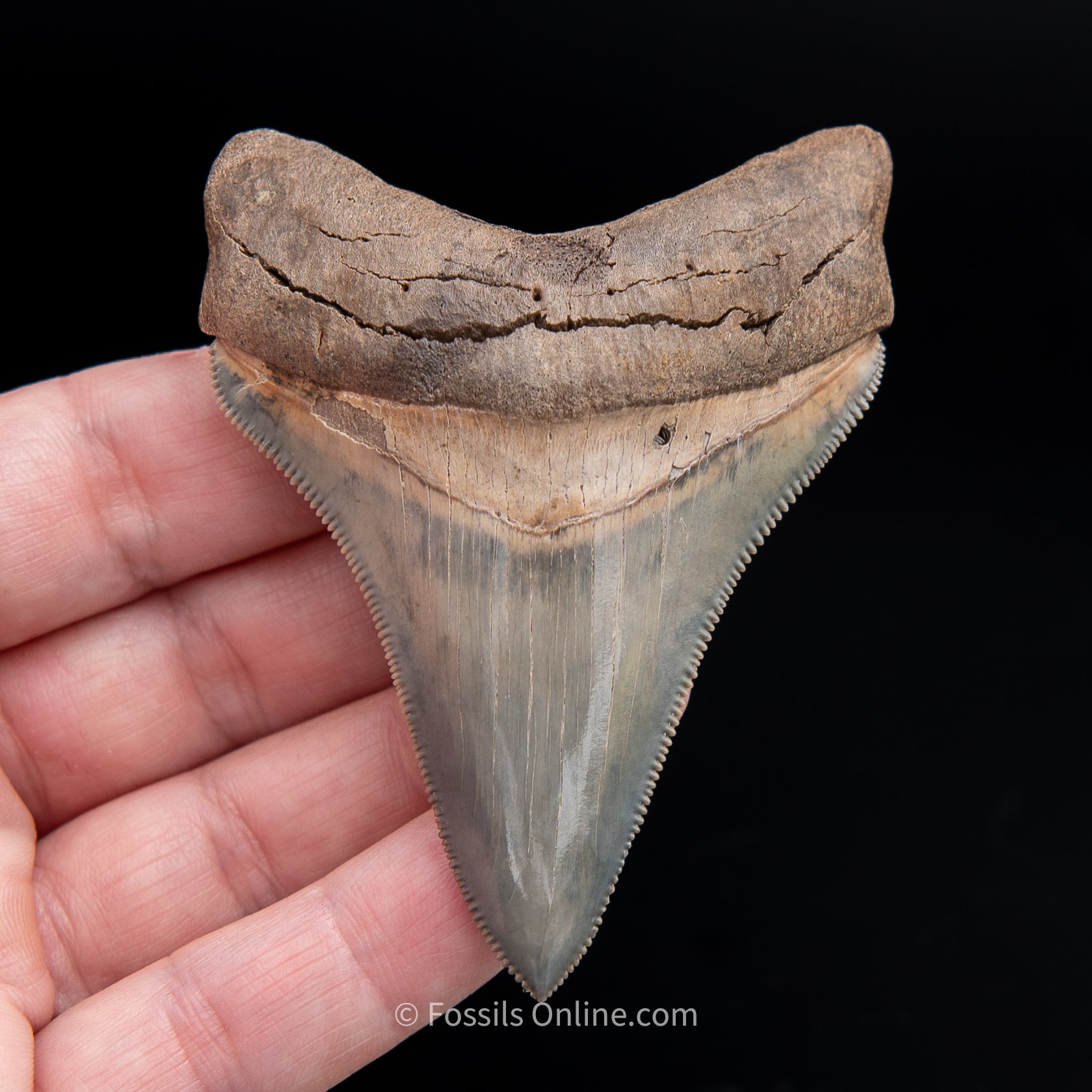
GEM! SC Chubutensis 3.12"
Absolutely stunning tooth! Perfect symmetry and sharp serrations on this golden-gray chubutensis from May River in South Carolina. As close to perfect as you could hope for.
Carcharocles chubutensis: A Prehistoric Apex Predator
Otodus chubutensis, often referred to as the “Chubutensis shark,” was a powerful prehistoric shark that swam Earth’s oceans during the Miocene epoch, roughly 20 to 13 million years ago. It is considered an evolutionary intermediate between Otodus angustidens and the infamous Carcharocles megalodon, sharing many characteristics with its larger relative but with a more defined lateral cusplet structure on its teeth.
Distribution & Fossil Locations
Fossils of O. chubutensis have been found across the globe, reflecting its widespread presence in ancient oceans. Specimens have been unearthed in North America, South America, Europe, Africa, and Asia, with particularly well-preserved teeth discovered in regions such as:
• United States – South Carolina, Florida, and Maryland (notably the May River and Calvert Cliffs)
• South America – Argentina (where the species was first described)
• Europe – Belgium and the Netherlands
• Africa – Morocco
These locations suggest that O. chubutensis thrived in warm, shallow coastal waters, likely preying on large marine mammals, fish, and other sharks.
Size & Biology
While not as massive as Megalodon, O. chubutensis was still an enormous predator. Based on fossil evidence and comparisons to its relatives, it is estimated to have reached 30 to 40 feet (9-12 meters) in length, making it one of the largest sharks of its time. Its teeth, typically ranging from 2 to 4 inches, were serrated and designed for slicing through flesh with ease. The presence of lateral cusplets on its teeth suggests that it retained some primitive features from earlier shark lineages.
Like other members of the Otodontidae family, O. chubutensis likely had a robust, torpedo-shaped body similar to modern great white sharks, enabling it to ambush and overpower prey.
Rarity & Collectibility
Teeth from O. chubutensis are less common than those of Megalodon, making them highly desirable among fossil collectors. Specimens with complete roots, sharp serrations, and strong bourlettes (the enamel band above the root) are particularly sought after. South Carolina, especially riverbeds like the May River, is one of the best places to find well-preserved teeth from this species.
LOCATION
South Carolina River
Size
3.12"
Choose options





